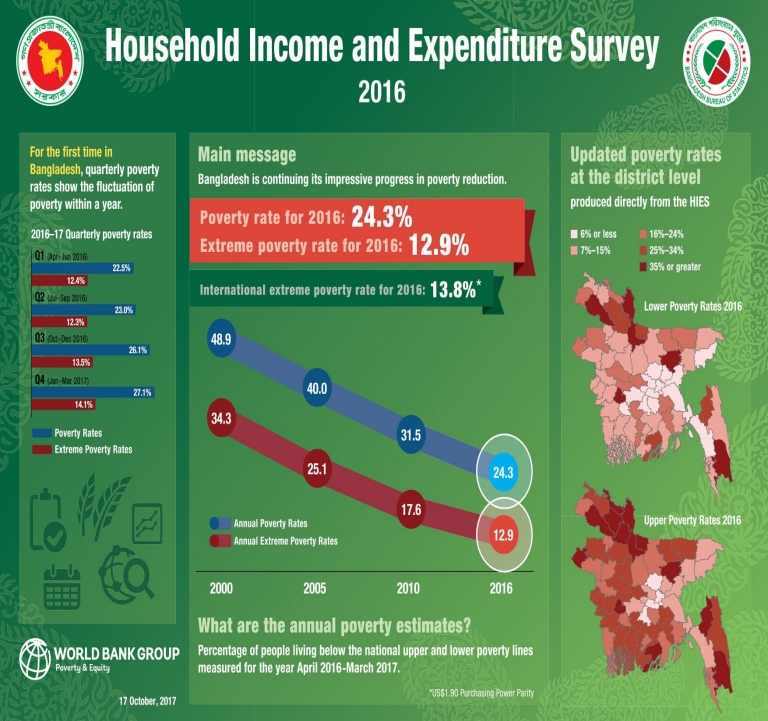Discover the inspiring stories of individuals who defied economic challenges in Kenya and Bangladesh to achieve prosperity against all odds.

Image courtesy of Pille Kirsi via Pexels
Table of Contents
Developing countries such as Kenya and Bangladesh are no strangers to economic challenges. With high poverty rates, income inequality, and a lack of infrastructure, these nations have faced numerous obstacles on their path to prosperity. However, despite these hurdles, both Kenya and Bangladesh have made significant strides in addressing their economic challenges and creating a more sustainable future for their citizens.
Economic Challenges in Kenya
Kenya has long struggled with poverty and income inequality, particularly in rural areas. Limited access to education and healthcare has further exacerbated these issues, making it difficult for many Kenyans to break the cycle of poverty. Additionally, inadequate infrastructure, such as roads and electricity, has hindered economic growth and development.
Despite these challenges, Kenya has implemented several initiatives aimed at addressing these issues. The government has invested in key sectors such as agriculture, manufacturing, and tourism to stimulate economic growth and create new opportunities for its citizens. The introduction of mobile banking services has also helped to improve financial inclusion and empower small businesses.
Economic Challenges in Bangladesh
Like Kenya, Bangladesh has faced significant economic challenges, including high poverty rates and income inequality. Limited access to quality education and healthcare has posed barriers to social mobility and economic advancement for many Bangladeshis. Political instability and corruption have further hindered the country’s economic progress.
However, Bangladesh has made remarkable progress in recent years, particularly in the garment industry. The country has become a major exporter of textiles and apparel, creating thousands of jobs and boosting economic growth. Microfinance initiatives have also played a crucial role in empowering women and rural communities, driving economic development from the ground up.
Success Stories and Lessons Learned
Despite the economic challenges they face, both Kenya and Bangladesh have shown resilience and determination in overcoming obstacles and pursuing sustainable growth. By investing in key sectors, empowering marginalized communities, and fostering innovation, these countries have been able to create new opportunities for their citizens and build a more inclusive economy.

Image courtesy of www.worldbank.org via Google Images
One key lesson learned from Kenya and Bangladesh’s experiences is the importance of collaboration and partnerships. By working together with international organizations, governments, and civil society, these countries have been able to leverage resources and expertise to tackle complex economic challenges more effectively. Sustainable development requires a coordinated effort from all stakeholders to create lasting impact.
Looking Towards the Future
As Kenya and Bangladesh continue on their path to prosperity, there is optimism for the future. By investing in education, healthcare, and infrastructure, these countries can unlock new opportunities for economic growth and create a more equitable society for all. Innovations in technology and sustainable practices offer promising solutions to address ongoing challenges and drive progress.
It is clear that the journey from poverty to prosperity is not easy, but with determination, innovation, and collaboration, Kenya, Bangladesh, and other developing countries around the world can overcome their economic hurdles and build a brighter future for generations to come.
Powered by Texta.ai Blog Automation
